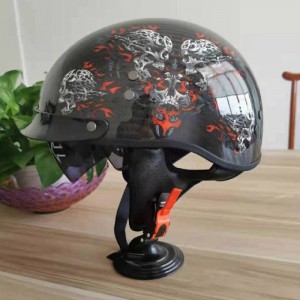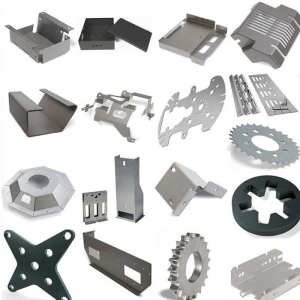PRODUCTS
Design And Development Of Plastic Product Motorcycle Helmet Manufacturing Mold
Client’s Information:
Motorcycle riders use motorcycle helmets to protect their heads and prevent head injuries. They can be used by anyone who rides a motorbike or a scooter, including commuters, tourists, sport riders, and racers. Additionally, people who ride other types of vehicles such as mopeds, ATVs, snowmobiles, and bicycles may also use helmets designed for their specific needs. In many countries, it is a legal requirement to wear a helmet when riding a motorcycle or another vehicle, and failure to comply can result in fines or other penalties.
Motorcycle Helmet Introduction
Motorcycle helmets are designed to provide a shell around the head, to keep it protected from any impact or injury in case of an accident. They come in different sizes, shapes, and designs to suit individual needs and preferences. Motorcycle helmets typically have an outer shell made of composite materials like fiberglass or carbon fiber, which is designed to absorb the forces of an impact. Inside the helmet, there is padding made of foam or other materials that provide comfort and extra protection.There are different types of motorcycle helmets, including full-face helmets, open-face helmets, modular helmets, and half helmets. Full-face helmets provide the most protection, covering the entire head, including the face and chin. Open-face helmets cover the top and sides of the head but leave the face and chin exposed. Modular helmets have a hinged chin bar that can be raised, allowing the wearer to eat or talk without removing the helmet entirely. Half helmets cover only the top of the head and offer limited protection.Motorcycle helmets are also rated based on safety standards, with the most common ratings being DOT (Department of Transportation), ECE (Economic Commission for Europe), and Snell (Snell Memorial Foundation). These ratings ensure that helmets meet specific safety requirements and have undergone testing for impact resistance and penetration resistance, among other things.In summary, motorcycle helmets are essential safety equipment for anyone riding a motorcycle or another vehicle, as they protect the head from injuries and comply with legal requirements.
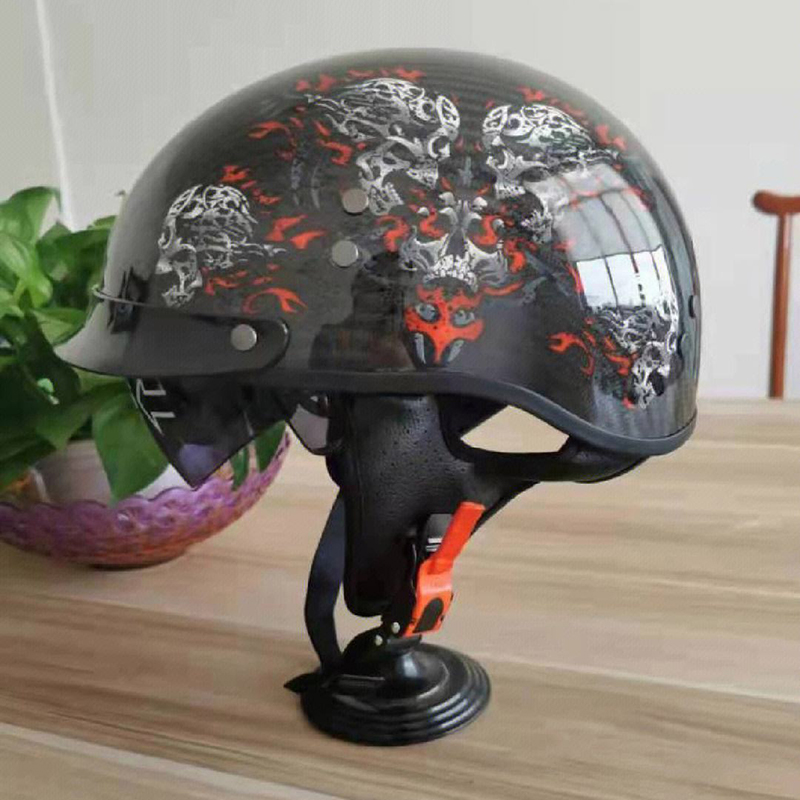

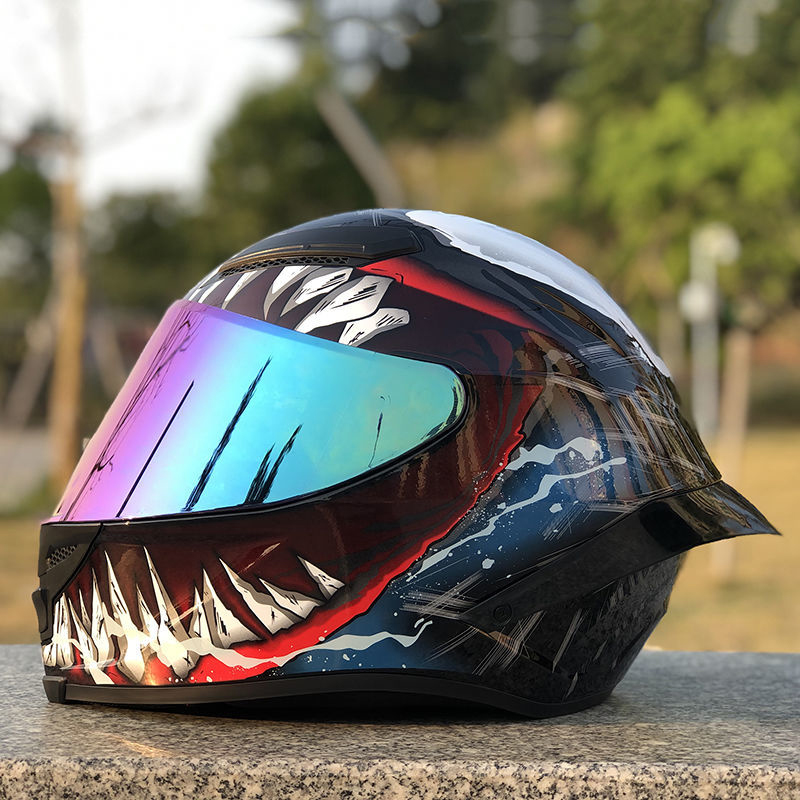
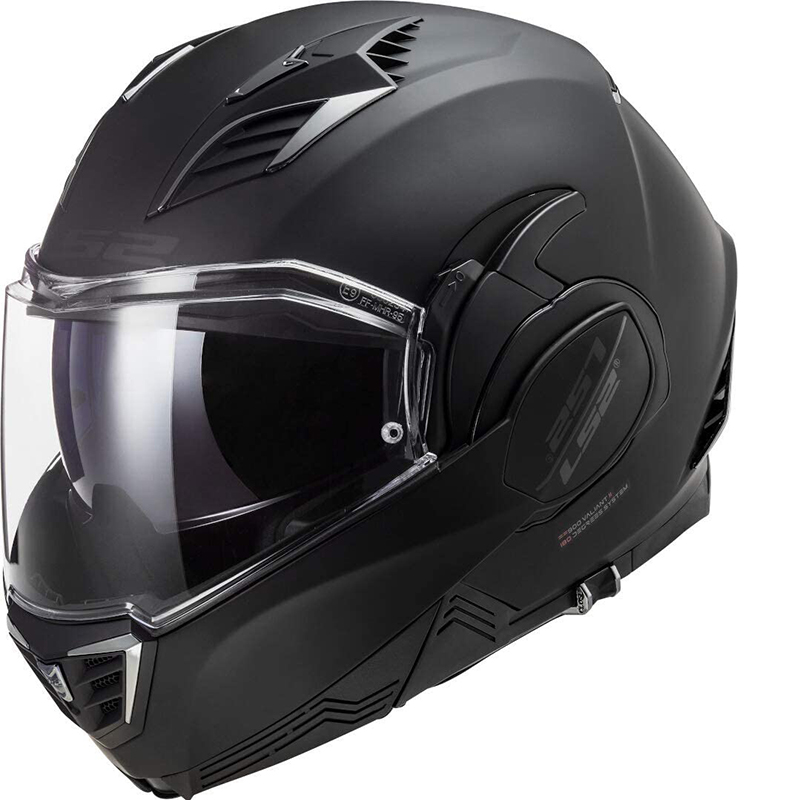
Features on how to design and develop motorcycle helmet
When it comes to the design and development of motorcycle helmets, there are several key considerations that manufacturers must take into account:
1.Material selection: As mentioned earlier, the outer shell of a motorcycle helmet is typically made from fiberglass, carbon fiber, or other composite materials. The choice of material can affect the helmet's weight, strength, and cost.
2.Aerodynamics: Helmets that are streamlined and well-designed can help reduce wind noise, drag, and fatigue while riding. Manufacturers use wind tunnels and computer-aided design (CAD) tools to optimize helmet shapes and make them more aerodynamic.
3.Ventilation: Proper airflow is essential to keep riders cool and comfortable during long rides. Helmet designers use a combination of intakes, exhausts, and channels to maximize air circulation without compromising safety.
4.Fit and comfort: A well-fitting helmet is critical to ensure maximum protection and prevent discomfort. Manufacturers offer helmets in various sizes and shapes to accommodate different head sizes and shapes. They also use padding and liners to provide a comfortable, snug fit.
5.Safety features: Helmets must meet stringent safety standards to protect riders from serious head injuries. Manufacturers incorporate various safety features like impact-absorbing foam liners, chin straps, and face shields to ensure maximum protection.
6. Style and aesthetics: Finally, helmet manufacturers strive to create helmets that not only offer excellent protection but also look stylish and attractive. Helmets come in a wide variety of colors, patterns, and graphic designs to appeal to different riders' tastes and personalities.In conclusion, the design and development of motorcycle helmets involve a combination of engineering, materials science, and aesthetics to create helmets that are both safe and attractive for motorcyclists.
Types of motorcycle helmets are: full helmet, three quarter helmet, half helmet, top-up helmet.
Types of Mini Electric Fan:
1.Full helmet: It protects all the positions of the head, including the chin. It is a kind of helmet with good protective effect. However, because of poor air permeability, it is easy to wear in winter and hot in summer.
2.Three-quarter helmet: A helmet that combines both protection and breatheability is a common helmet.
3.Half helmet: It is a common helmet at present. Although it is convenient to wear, it can not guarantee the safety of the driver, because it can only protect the safety of the overhead area.
Upturned helmet: For some cyclists with large heads, it is convenient to wear and can be protected by a full helmet.
FAQ
A helmet should be snug but not too tight, and it should not move around on your head. The helmet should fit tightly around your forehead and cheeks, and the chin strap should be adjusted to keep the helmet securely in place.
It is recommended to replace your helmet every five years, even if it looks to be in good condition. The helmet's protective qualities can degrade over time, and regular use can cause wear and tear that can affect its effectiveness.
It is not recommended to use a second-hand helmet, as you may not know its history or if it has been damaged. It is better to invest in a new helmet that you know is safe and will offer you proper protection.
While you can add stickers or paint to your helmet to personalize it, it is important to avoid altering or damaging the helmet's structure or safety features. Make sure any modifications you make do not compromise the helmet's effectiveness.
Expensive helmets are not necessarily better than cheaper ones. Both types of helmets must meet safety standards, and you can find high-quality helmets at various price points. Cost may correlate with the helmet's additional features, such as better ventilation or noise reduction, but the level of protection should be the priority.
Products categories
-

E-mail
-

WhatsApp
-

Phone
Tel

-

Linkedin
-

Wecaht
Wecaht






